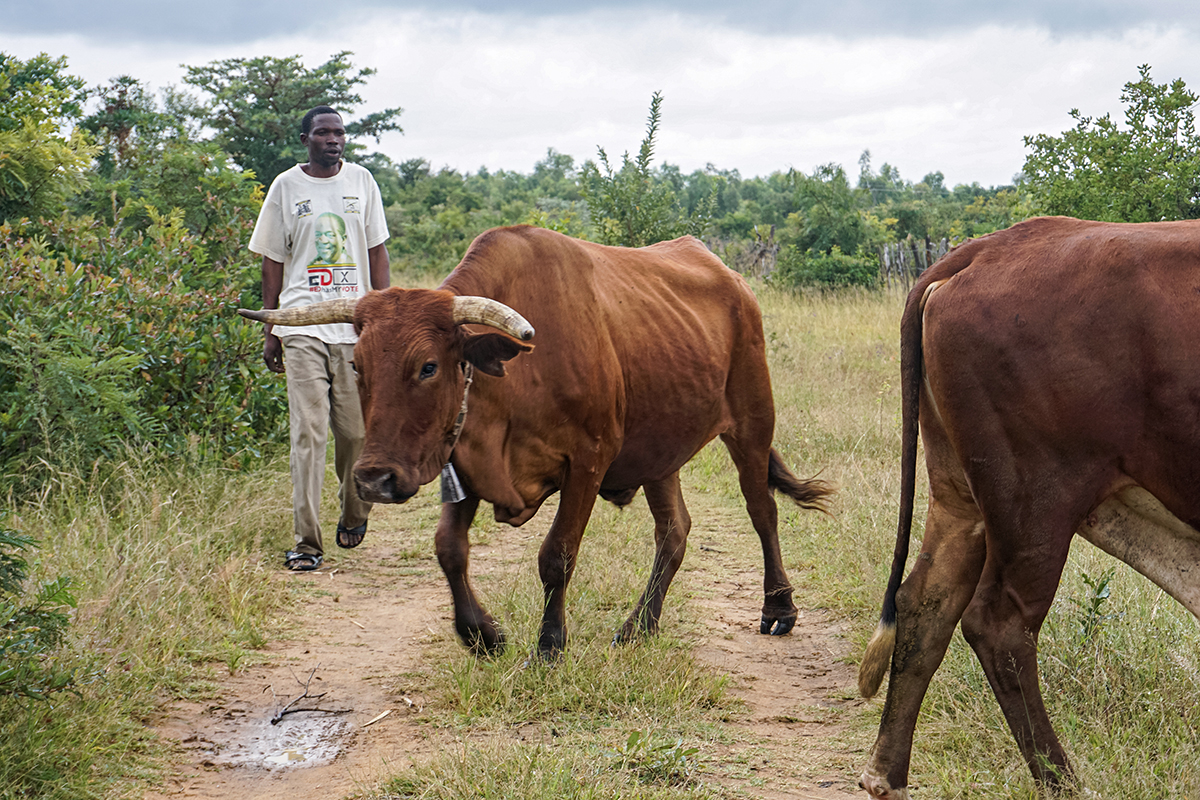SCORES of families in Masvingo province are losing their livestock daily due to an outbreak of a tick-borne disease suspected to be January disease or theileriosis.
Villagers who spoke to Standard People in Chivi and Masvingo rural districts said the disease could have been caused by the lengthy time taken without dipping their cattle.
Government has in the last decade struggled to support cattle dipping in rural communities that resulted in the loss of livestock across the country.
According to a 2019 crop and livestock assessment report, farmers across the country lost over 50 000 cattle to the January disease in 2018 and the figures could have doubled in 2019.
Tick-borne diseases account for 20% of livestock deaths in Zimbabwe.
“We have lost the whole herd since the beginning of the year. All the cattle have died in just four months,” said Allan
Maringire, a villager in Chivi’s ward 22. “This year we will be forced to do this pfumvudza way of farming, not that we want to do so, but because we don’t have the animals to draw the ploughs.”
David Ruzive, ward 34 (Rarangwe) councillor in Masvingo Rural under Chief Nyajena said most villagers have lost a number of their livestock.
“In the last three months we have seen many cattle dying. Some villagers are now selling their beasts to businesspeople coming from Masvingo town for a song,” Ruzive said.
“Cattle are dying daily and we are not sure what kind of disease is this. We have taken the issue with the relevant authorities.”
Ruzive said there was nothing they could do to discourage villagers from selling their livestock to businesspeople from the city.
“As councillors, we cannot stop them.
“It’s better to get a few dollars than to get nothing out of a beast that you would have looked after for a long time,” he said.
The councillor said apart from losing livestock, villagers in Rarangwe on the banks of Tugwi-Mukosi Dam had their crops destroyed by heavy rains.
“It’s a double tragedy. Most people on the banks of the dam had their crops damaged by the heavy rains and the water that back-flowed from the dam. The crops could not stand the water-logging.
“Even some of the villagers were evacuated from the area to live on higher ground, 3km away,” he said.
“About 48 families are living up the mountain because their houses were destroyed by the heavy rains. They lost their crops too,” he said.
Chivi district development coordinator Innocent Matingwina confirmed the outbreak of the livestock diseases in the area.
“We have since taken the issue up. Government has since assured us that they will mobilise resources to assist in cattle dipping and there are a number of initiatives to start restocking projects,” he said.
“It is true people here face hunger.
“They have lost the livestock and their crops.”



